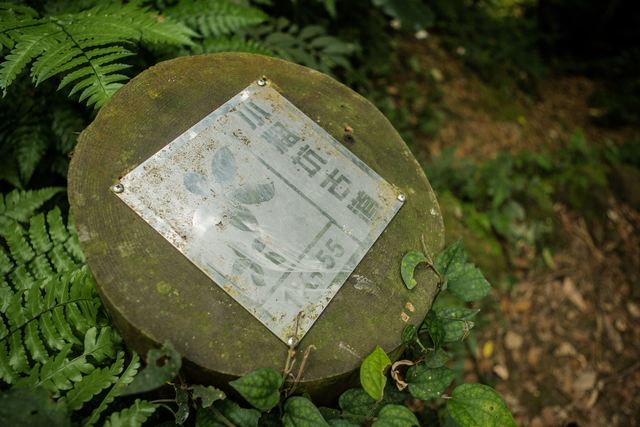Xiao Cuokeng Historic Trail Introduction
At the end of spring, a great place to enjoy the tung blossoms is the Xiao Cukeng Old Trail! This quiet path connecting Cukeng and Shimen is a favorite during the Hakka tung flower season from March to May, attracting many visitors to admire the beautiful scenery of white flowers scattered among the layers of green forest. Walking on the century-old stone steps, you will unexpectedly find a heart-shaped wreath made of tung flower petals on a stone platform around the corner, which is truly therapeutic! Visiting during the summer nights offers a different surprise; with the twinkling fireflies resembling stars, the dark mountains and fields add a charming atmosphere that you can’t experience in the city. It is definitely worth climbing up the mountain in anticipation, exploring in the dark! The Xiao Cukeng Old Trail was established during the Japanese occupation as a bullock cart path following the Xiao Cukeng Stream. At that time, the early mountain inhabitants used it to transport goods to and from Zhukeng Shiliao and Maowudu in Hsinchu’s Guanxi, passing through Sankengzi (now Longtan) and Dakeng (now Daxi). The Xiao Cukeng Old Trail became an important thoroughfare, flourishing for a time. However, with the development of industrial roads for the Shimen Reservoir, the flow of people gradually decreased, allowing it to preserve a rich primitive ecology. Along the way, one can see plants such as water bamboo, large-flowered mandala, ferns, and Lauraceae as well as rare species such as the swallowtail butterfly, Pangu toad, and Wen's red frog. Today, it is a popular spot for outdoor activities. Near the entrance of the ancient path on Longyuan Road stands the Yuan You Fu De Temple built in the Qing Dynasty, which houses a rare statue of the “Land Goddess holding a child.” The entire trail is moderately challenging; the initial section is gentle, allowing you to stroll while enjoying the tea garden scenery. As you progress, the path transitions to a dirt and stone trail, and in the final section, you’ll need to climb with ropes. If your stamina permits, you can also challenge the Shimen Mountain Trail right after for an uninterrupted adventure.






































